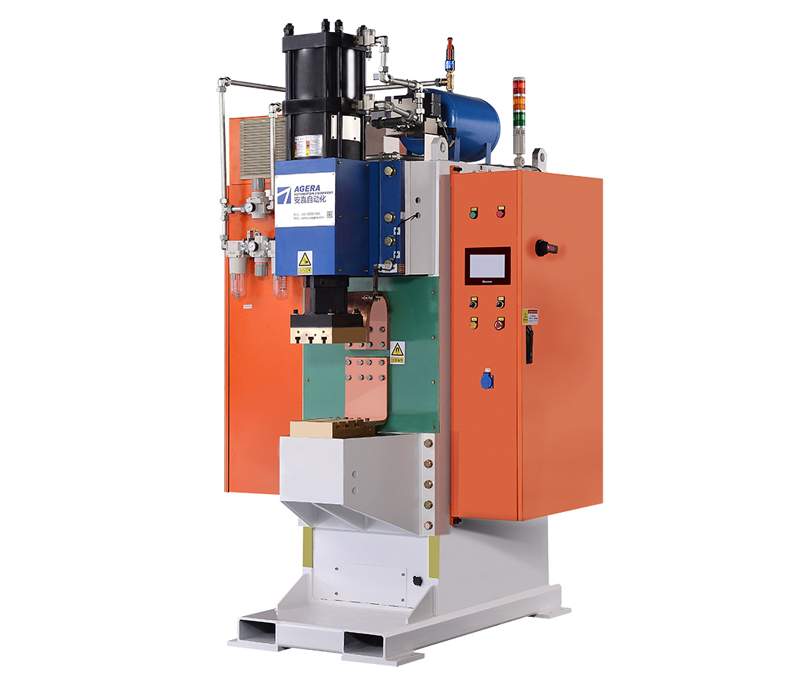Capacitor Discharge (CD) spot welding machines are renowned for their efficiency and reliability in joining various materials. However, instances where the machine does not respond upon power activation can occur due to various factors. This article explores the potential reasons behind the lack of response in CD spot welding machines and provides insights into troubleshooting such issues.
Possible Reasons for Lack of Response:
- Power Supply Issues: Ensure that the welding machine is properly connected to a stable power source. Faulty power connections, circuit breakers, or inadequate power supply can lead to a lack of response.
- Fuse or Circuit Breaker Tripping: Check the fuses and circuit breakers within the machine’s electrical system. A tripped fuse or circuit breaker can disrupt the power flow and prevent the machine from responding.
- Faulty Control Panel: Examine the control panel for any malfunctioning buttons, switches, or display units. A defective control panel can hinder the activation of the welding process.
- Interlock Safety Mechanisms: Some welding machines incorporate interlock safety mechanisms that prevent operation if certain safety conditions are not met. Ensure that all safety features are properly engaged before attempting to activate the machine.
- Connection Issues: Inspect the connections between the machine’s components, including electrodes, cables, and grounding. Loose or damaged connections can interrupt the power flow and result in a lack of response.
- Machine Overheating: CD spot welding machines can overheat if used continuously without allowing sufficient cooling time. Thermal protection mechanisms may cause the machine to temporarily shut down to prevent damage.
- Electronic Component Failure: Electronics within the machine, such as relays, sensors, or control boards, could malfunction and prevent the machine from responding to power activation.
- Control Software Errors: If the machine relies on control software, glitches or errors in the software can impede the machine’s response to power activation.
Troubleshooting Steps:
- Check Power Supply: Verify the power source and connections to ensure a stable supply of electricity.
- Inspect Fuses and Circuit Breakers: Examine the fuses and circuit breakers for any tripped or faulty components.
- Test Control Panel: Test each button, switch, and display unit on the control panel to identify any malfunctions.
- Review Safety Mechanisms: Ensure all safety interlocks are engaged according to the manufacturer’s guidelines.
- Examine Connections: Inspect all connections for tightness and integrity.
- Allow Cooling Time: If overheating is suspected, allow the machine to cool down before attempting to activate it again.
- Seek Professional Assistance: If electronic component failure or software errors are suspected, consult a qualified technician for diagnostics and repair.
In cases where a Capacitor Discharge spot welding machine does not respond upon power activation, there are several potential reasons to consider. By systematically troubleshooting each possible factor, operators and technicians can identify and rectify the issue, ensuring the reliable operation of the machine and the continuation of efficient welding processes.
Post time: Aug-09-2023



